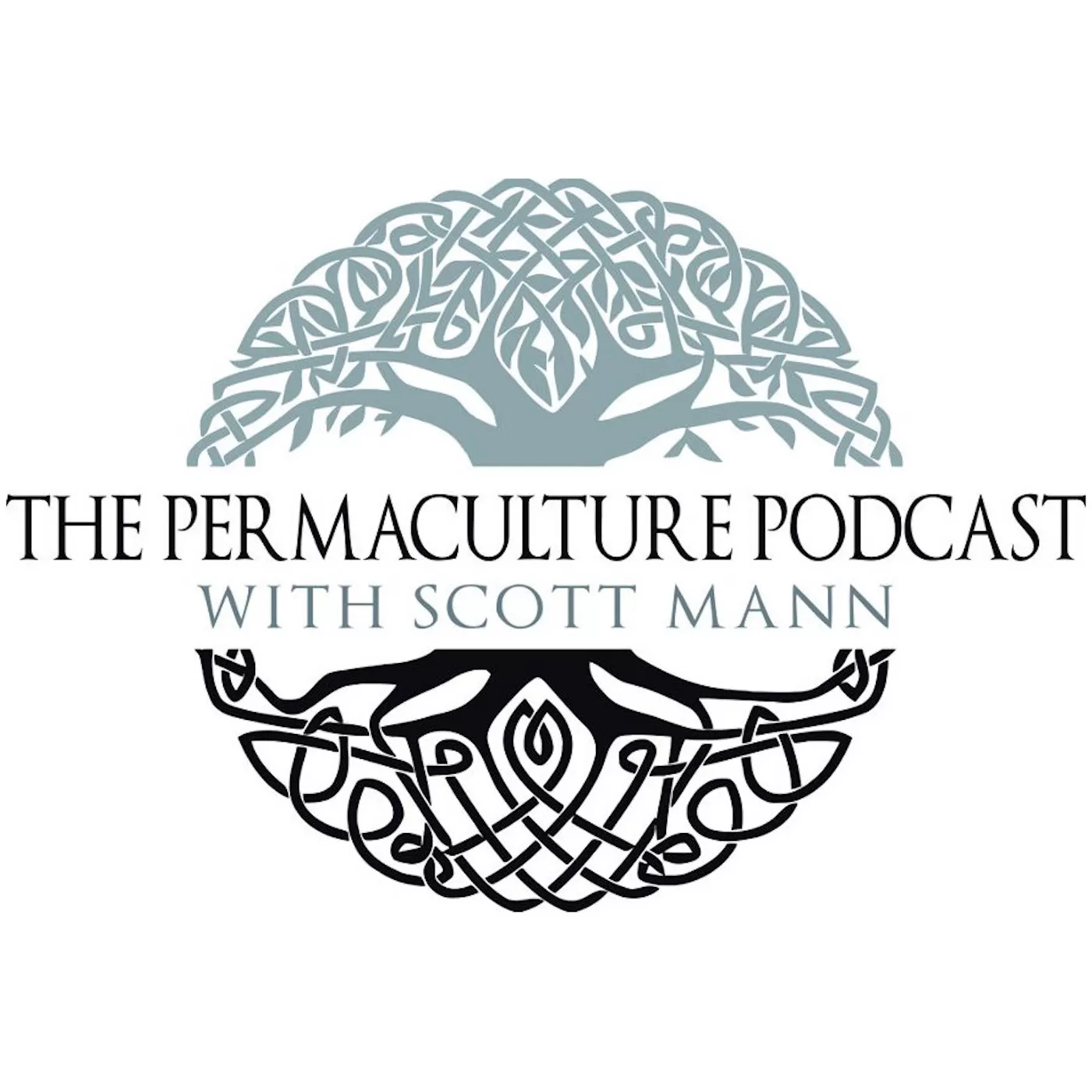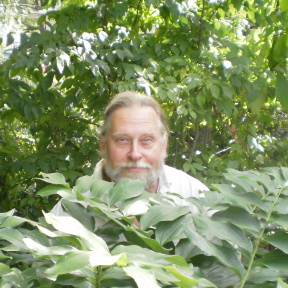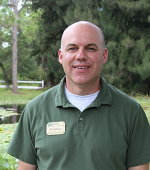Bryce Ruddock - Integrated Forest Gardening

My guest today is Bryce Ruddock, a permaculture practitioner and co-author, along with Wayne Weiseman and Daniel Halsey, of Integrated Forest Gardening.

After speaking with Bryce and reading the book I find him to be a guru on creating functional plant guilds. We talk about that topic as well as how to discover ecological niches and system mimics so that we can adapt our designs to ever changing conditions, whether they arise from climate change, disease, or simply because a chipmunk or raccoon does not like a particular plant. In this interview I mention natural heritage programs. What I was referred to is a specific program that collects and provides information about important natural resources. These are in cooperation with the Nature Serve network covering Canada, the U.S., and Mexico. The Pennsylvania Heritage site was a go to reference I used repeatedly in my resources management program and is a useful resource for permaculture practitioners. The state specific site for me includes material on local plant communities, inventories at the county level of various plants and animals, species lists for the state, as well as ongoing projects and publications. It is worth looking for this kind of program in your area as the wealth of information is great for your ongoing research when creating a design. A link to the PA site and NatureServe is in the show notes. That ongoing research and education is important because we can’t take a Permaculture Design Course and think that is enough. Something one of my teachers imparted on me was that the PDC is just a beginning, our first step. From there we need to develop a niche based on our interests and passions, something David Holmgren recommended, to really know what it is we are doing, to have relevant experience, and be the experts in our areas of interest. In turn we can find people of like mind and take permaculture further. To be able to show examples that work anywhere in the world, and at the same time have the flexibility in our thoughts and a depth of understanding that we can answer questions truthfully. Be willing to say, “I don’t know,” or, “I haven’t done that before,” and a willingness to find a real solution. Something else Bryce mentioned was building resilience groups. Resilience groups, as presented at Resilience.org, are a way to build connections that coincide nicely with the transition movement. Resilience groups are a broad umbrella under which we can connect with other people on various topics including the transition movement, farm-to-school initiatives, and the efforts of Interfaith Power and Light. If you are in an area and considering starting a transition group or other organization to create a more bountiful world, definitely look to see if there are any resilience efforts underway in your area.
Resources
Integrated Forest Gardening
Plant Guilds eBook
Pennsylvania Natural Heritage Program
Nature Serve





